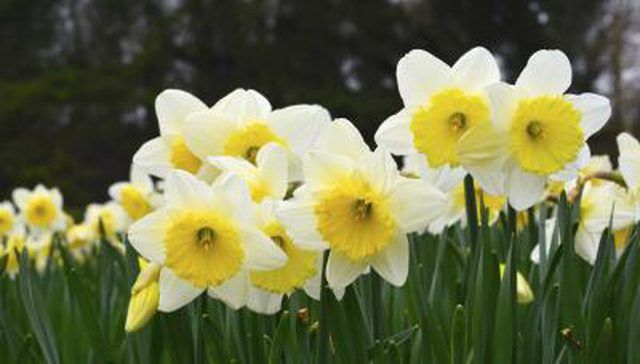Bulbs
Flower Basics
Flower Beds & Specialty Gardens
Flower Garden
Garden Furniture
Garden Gnomes
Garden Seeds
Garden Sheds
Garden Statues
Garden Tools & Supplies
Gardening Basics
Green & Organic
Groundcovers & Vines
Growing Annuals
Growing Basil
Growing Beans
Growing Berries
Growing Blueberries
Growing Cactus
Growing Corn
Growing Cotton
Growing Edibles
Growing Flowers
Growing Garlic
Growing Grapes
Growing Grass
Growing Herbs
Growing Jasmine
Growing Mint
Growing Mushrooms
Orchids
Growing Peanuts
Growing Perennials
Growing Plants
Growing Rosemary
Growing Roses
Growing Strawberries
Growing Sunflowers
Growing Thyme
Growing Tomatoes
Growing Tulips
Growing Vegetables
Herb Basics
Herb Garden
Indoor Growing
Landscaping Basics
Landscaping Patios
Landscaping Plants
Landscaping Shrubs
Landscaping Trees
Landscaping Walks & Pathways
Lawn Basics
Lawn Maintenance
Lawn Mowers
Lawn Ornaments
Lawn Planting
Lawn Tools
Outdoor Growing
Overall Landscape Planning
Pests, Weeds & Problems
Plant Basics
Rock Garden
Rose Garden
Shrubs
Soil
Specialty Gardens
Trees
Vegetable Garden
Yard Maintenance
How to Identify Jonquils and Daffodils
How to Identify Jonquils and Daffodils. Once you've seen daffodils (Narcissus spp.) "fluttering and dancing in the breeze," you'll have as hard a time forgetting them as the poet William Wordsworth did. Maybe it's the bright, gay yellow color of the outer leaves behind the orange corona, or the way the flower heads seem to nod happily in...

Once you've seen daffodils (Narcissus spp.) "fluttering and dancing in the breeze," you'll have as hard a time forgetting them as the poet William Wordsworth did. Maybe it's the bright, gay yellow color of the outer leaves behind the orange corona, or the way the flower heads seem to nod happily in the wind. Given the over 14,000 daffodil cultivars, horticulturists separated them into 14 divisions for identification. Division 7 daffodils are the jonquils (Narcissus jonquilla), and although they do not bear the division number when they toss heads in a field or garden, you'll have no trouble identifying them.
Count the flowers on a stalk. Generally, daffodils grow one big blossom atop a green stalk, but jonquils have several smaller blooms -- up to eight in some cultivars. The petals and corona of jonquils are often the same color.
Inspect the foliage. Most daffodils have long, flat leaves. Jonquil leaves resemble reeds, thin and cylindrical.
Sniff. Jonquil perfume is powerful, while other daffodils have only a light fragrance.